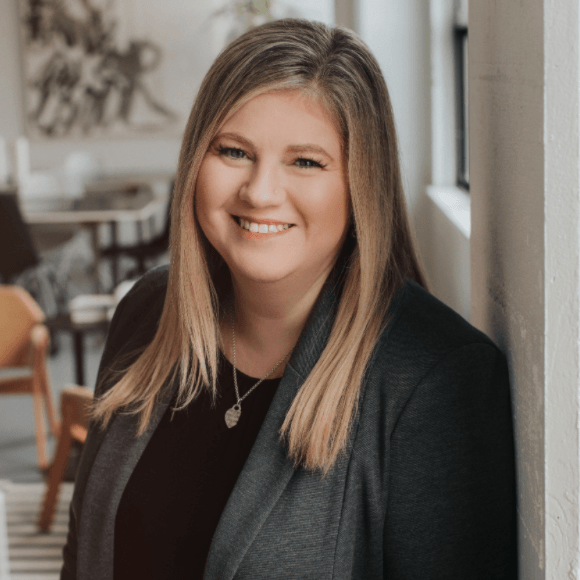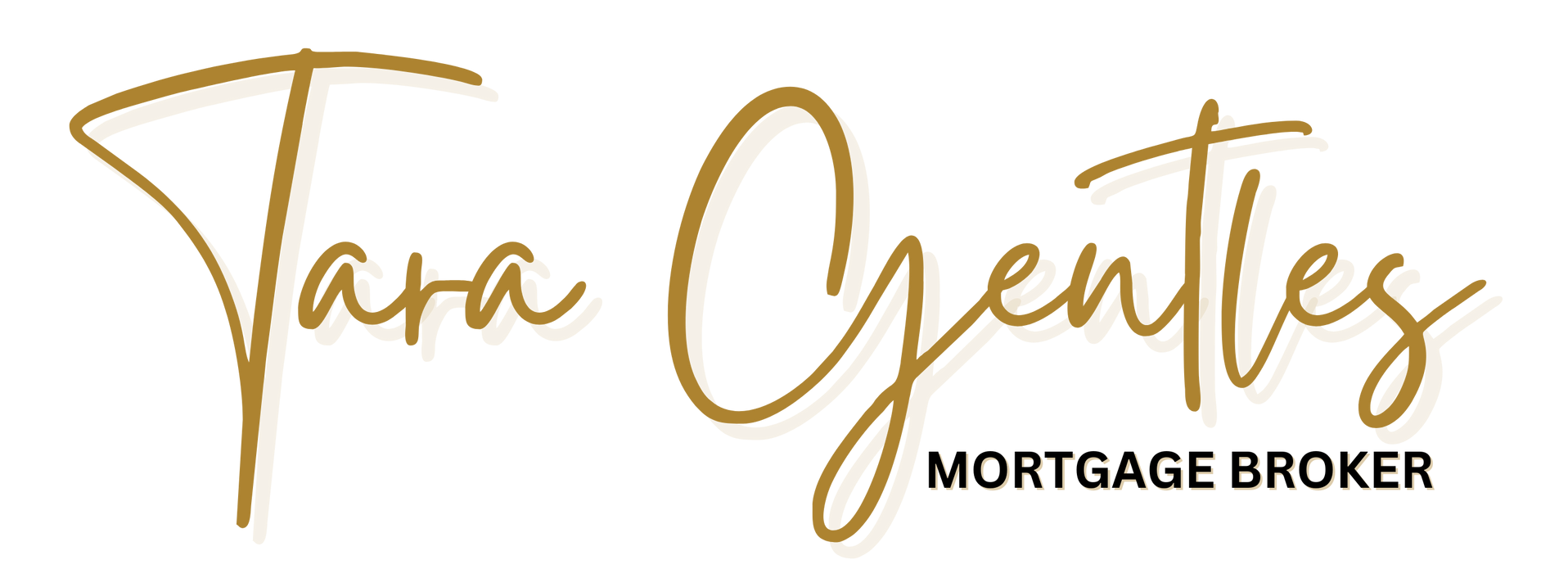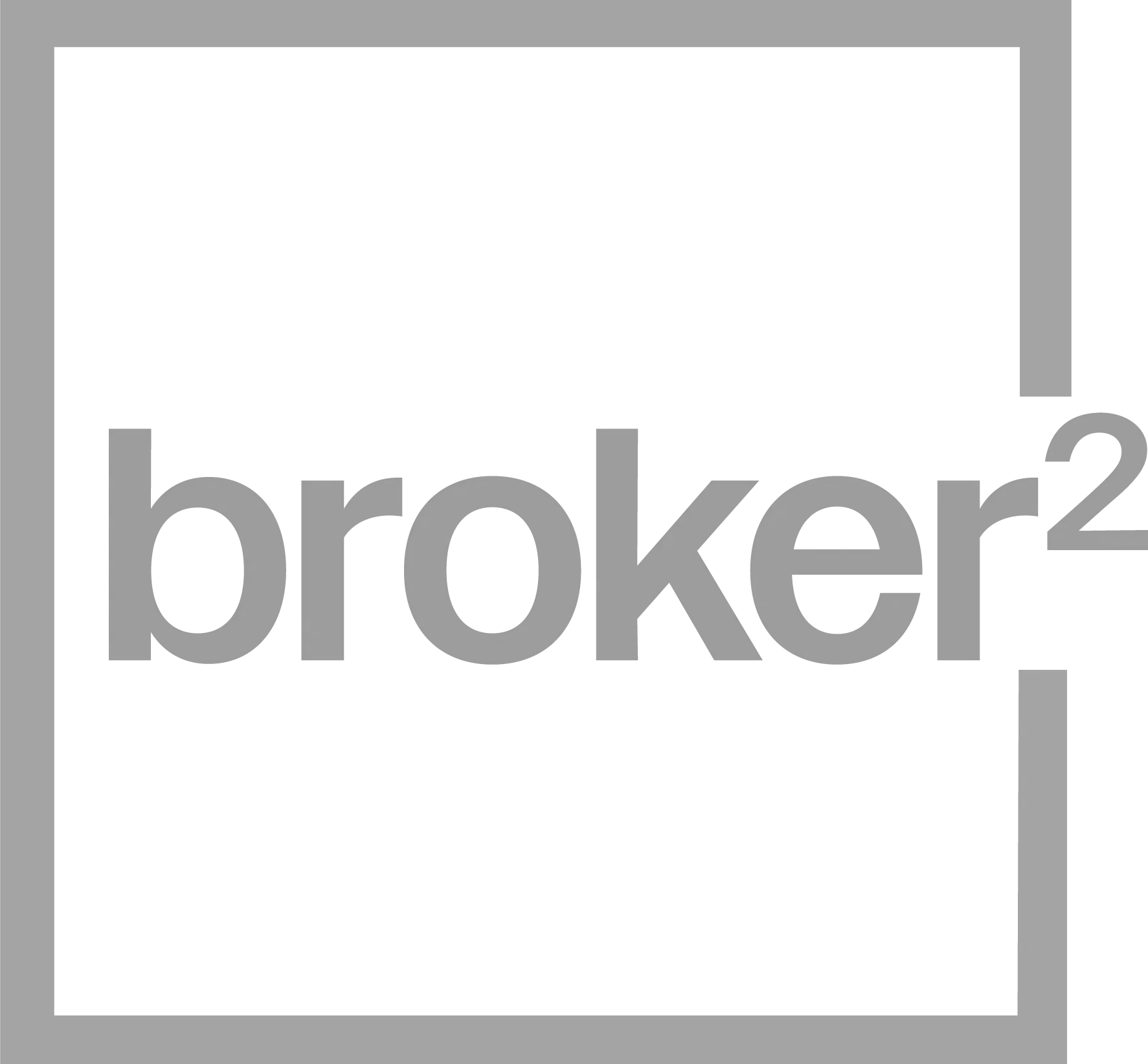Planning Ahead, A Guide to Mortgage Documentation
Tara Gentles • October 31, 2019

It doesn’t matter if you are looking to purchase your first home, your next home, or your twentieth home; typically the mortgage documentation required to secure financing will be the same. The earlier on in the process you can collect these documents, and provide them to your broker, the better.
So here we go, here is a list of the most common documents that will be required to secure mortgage financing.
Income Verification
Letter of Employment
- Written on company letterhead with a current date, your letter of employment should have your name, start date, position, and list whether you are full or part-time. It should also indicate your salary or the minimum guaranteed hours/week & hourly rate. The letter should be signed with the best contact information to allow for a verbal confirmation.
Pay Stub or Direct Deposit Form
- This will confirm your income, and should match what is written on the letter of employment.
T4 Slips
- Typically your last two years T4s should work.
Notice of Assessments
- Your previous two years of NOAs will help to establish your annual income. We will be looking at your line 150.
Financial Statements
- If you happen to be self-employed, having three years of financial statements or T1 Generals will be required.
Down Payment Verification
Bank Statements
- 90 days of bank statements are required to show that you have had the downpayment in your possession or have accumulated the funds through payroll deposits. You will want to make sure that your name and account number appear on the statements.
Gift Letter
- If all or part of the downpayment is coming by way of a gift, you will have to provide a letter signed by you and the person gifting the money. The amount written on the gift letter will have to be deposited to your bank and substantiated on the bank statements.
RRSP Statements
- If part of your downpayment is coming by way of RRSP, you will be required to provide a 90-day history from your RRSP account. If you are using the Home Buyers Plan, there will be an additional form to complete.
Agreement of Purchase and Sale
- If your downpayment is coming by way of a sale of another property, the contract indicating the sale price, and your current mortgage statement will prove the equity to be used for the downpayment.
Property Details
MLS Listing
- If you are purchasing a property through a Realtor, please have a copy of the MLS listing so we can verify the property details.
Purchase and Sales Agreement
- If you already have an accepted offer, please provide a copy of the purchase and sales agreement including all amendments and counteroffers.
Survey
- If you have one, send it along, if not, no worries.
Property Tax Assessment
- If you don’t have a copy of the most recent property tax assessment, one can usually be found on the local municipality/city website. The most recent assessment will be required.
Other Documentation
Solicitor or Notary Information
- Please provide the name of your lawyer/notary, the firm, and their contact information.
Mortgage Statement
- If you are doing a mortgage refinance, please provide a copy of your current mortgage statement.
VOID Bank Cheque
- This is the account that your mortgage payments will be withdrawn from. A pre-authorized debit form works just as well.
As each mortgage is different, the documentation to satisfy each mortgage will vary somewhat. This list is a great place to start, but please know that more documentation may be required depending on your specific financial situation.
If you have any questions, please don’t hesitate to contact me anytime!
Tara Gentles
CANADIAN MORTGAGE EXPERT

RECENT POSTS

Thinking About Selling Your Home? Start With These 3 Key Questions Selling your home is a major move—emotionally, financially, and logistically. Whether you're upsizing, downsizing, relocating, or just ready for a change, there are a few essential questions you should have answers to before you list that "For Sale" sign. 1. How Will I Get My Home Sale-Ready? Before your property hits the market, you’ll want to make sure it puts its best foot forward. That starts with understanding its current market value—and ends with a plan to maximize its appeal. A real estate professional can walk you through what similar homes in your area have sold for and help tailor a prep plan that aligns with current market conditions. Here are some things you might want to consider: Decluttering and removing personal items Minor touch-ups or repairs Fresh paint inside (and maybe outside too) Updated lighting or fixtures Professional staging Landscaping or exterior cleanup High-quality photos and possibly a virtual tour These aren’t must-dos, but smart investments here can often translate to a higher sale price and faster sale. 2. What Will It Actually Cost to Sell? It’s easy to look at the selling price and subtract your mortgage balance—but the real math is more nuanced. Here's a breakdown of the typical costs involved in selling a home: Real estate agent commissions (plus GST/HST) Legal fees Mortgage discharge fees (and possibly a penalty) Utility and property tax adjustments Moving expenses and/or storage costs That mortgage penalty can be especially tricky—it can sometimes be thousands of dollars, depending on your lender and how much time is left in your term. Not sure what it might cost you? I can help you estimate it. 3. What’s My Plan After the Sale? Knowing your next step is just as important as selling your current home. If you're buying again, don’t assume you’ll automatically qualify for a new mortgage just because you’ve had one before. Lending rules change, and so might your financial situation. Before you sell, talk to a mortgage professional to find out what you’re pre-approved for and what options are available. If you're planning to rent or relocate temporarily, think about timelines, storage, and transition costs. Clarity and preparation go a long way. The best way to reduce stress and make confident decisions is to work with professionals you trust—and ask all the questions you need. If you’re thinking about selling and want help mapping out your next steps, I’d be happy to chat anytime. Let’s make a smart plan, together.

Going Through a Separation? Here’s What You Need to Know About Your Mortgage Separation or divorce can be one of life’s most stressful transitions—and when real estate is involved, the financial side of things can get complicated fast. If you and your partner own a home together, figuring out what happens next with your mortgage is a critical step in moving forward. Here’s what you need to know: You’re Still Responsible for Mortgage Payments Even if your relationship changes, your obligation to your mortgage lender doesn’t. If your name is on the mortgage, you’re fully responsible for making sure payments continue. Missed payments can lead to penalties, damage your credit, or even put your home at risk of foreclosure. If you relied on your partner to handle payments during the relationship, now is the time to take a proactive role. Contact your lender directly to confirm everything is on track. Breaking or Changing Your Mortgage Comes With Costs Dividing your finances might mean refinancing, removing someone from the title, or selling the home. All of these options come with potential legal fees, appraisal costs, and mortgage penalties—especially if you’re mid-term with a fixed-rate mortgage. Before making any decisions, speak with your lender to get a clear picture of the potential costs. This info can be helpful when finalizing your separation agreement. Legal Status Affects Financing If you're applying for a new mortgage after a separation, lenders will want to see official documentation—like a signed separation agreement or divorce decree. These documents help the lender assess any ongoing financial obligations like child or spousal support, which may impact your ability to qualify. No paperwork yet? Expect delays and added scrutiny in the mortgage process until everything is finalized. Qualifying on One Income Can Be Tougher Many couples qualify for mortgages based on combined income. After a separation, your borrowing power may decrease if you're now applying solo. This can affect your ability to buy a new home or stay in the one you currently own. A mortgage professional can help you reassess your financial picture and identify options that make sense for your situation—whether that means buying on your own, co-signing with a family member, or exploring government programs. Buying Out Your Partner? You May Have Extra Flexibility In cases where one person wants to stay in the home, lenders may offer special flexibility. Unlike traditional refinancing, which typically caps borrowing at 80% of the home’s value, a “spousal buyout” may allow you to access up to 95%—making it easier to compensate your former partner and retain the home. This option is especially useful for families looking to minimize disruption for children or maintain community ties. You Don’t Have to Figure It Out Alone Separation is never simple—but with the right support, you can move forward with clarity and confidence. Whether you’re keeping the home, selling, or starting fresh, working with a mortgage professional can help you understand your options and create a strategy that aligns with your new goals. Let’s talk through your situation and explore the best path forward. I’m here to help.

